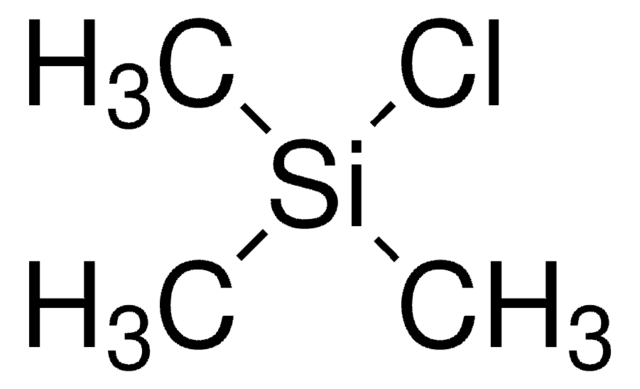Kluczowe dokumenty
94646
Poly(ethylene glycol)
BioUltra, 35,000
Synonim(y):
Polyethylene glycol, PEG
About This Item
Polecane produkty
Poziom jakości
linia produktu
BioUltra
Postać
powder or crystals (or flakes)
masa cząsteczkowa
Mr ~35000
zanieczyszczenia
insoluble matter:, passes filter test
≤0.005% peroxides (as H2O2):
pH
5.5-7.0 (25 °C, 50 mg/mL in H2O)
mp
64-66 °C
rozpuszczalność
H2O: 50 mg/mL at 25 °C, clear, colorless
ślady anionów
chloride (Cl-): ≤50 mg/kg
sulfate (SO42-): ≤50 mg/kg
ślady kationów
Al: ≤5 mg/kg
As: ≤0.1 mg/kg
Ba: ≤5 mg/kg
Bi: ≤5 mg/kg
Ca: ≤10 mg/kg
Cd: ≤5 mg/kg
Co: ≤5 mg/kg
Cr: ≤5 mg/kg
Cu: ≤5 mg/kg
Fe: ≤5 mg/kg
K: ≤200 mg/kg
Li: ≤5 mg/kg
Mg: ≤5 mg/kg
Mn: ≤5 mg/kg
Mo: ≤5 mg/kg
Na: ≤200 mg/kg
Ni: ≤5 mg/kg
Pb: ≤5 mg/kg
Sr: ≤5 mg/kg
Zn: ≤5 mg/kg
λ
50 mg/mL in H2O
absorpcja UV
λ: 260 nm Amax: 0.12
λ: 280 nm Amax: 0.12
ciąg SMILES
C(CO)O
InChI
1S/C2H6O2/c3-1-2-4/h3-4H,1-2H2
Klucz InChI
LYCAIKOWRPUZTN-UHFFFAOYSA-N
Szukasz podobnych produktów? Odwiedź Przewodnik dotyczący porównywania produktów
Opis ogólny
Zastosowanie
- as a component of University of Wisconsin (UW) cold preservation solutions to stabilize the cell membrane of hepatocytes during temperature changes
- as a component of the supercooling solution to study supercooling preservation technique of the rat liver for transplantation and to protect against hypothermic injury
- to prepare aqueous phase for the fabrication of multicellular spheroid (MCS) cultures
Działania biochem./fizjol.
Kod klasy składowania
11 - Combustible Solids
Klasa zagrożenia wodnego (WGK)
WGK 1
Temperatura zapłonu (°F)
Not applicable
Temperatura zapłonu (°C)
Not applicable
Środki ochrony indywidualnej
Eyeshields, Gloves, type N95 (US)
Certyfikaty analizy (CoA)
Poszukaj Certyfikaty analizy (CoA), wpisując numer partii/serii produktów. Numery serii i partii można znaleźć na etykiecie produktu po słowach „seria” lub „partia”.
Masz już ten produkt?
Dokumenty związane z niedawno zakupionymi produktami zostały zamieszczone w Bibliotece dokumentów.
Klienci oglądali również te produkty
Nasz zespół naukowców ma doświadczenie we wszystkich obszarach badań, w tym w naukach przyrodniczych, materiałoznawstwie, syntezie chemicznej, chromatografii, analityce i wielu innych dziedzinach.
Skontaktuj się z zespołem ds. pomocy technicznej



